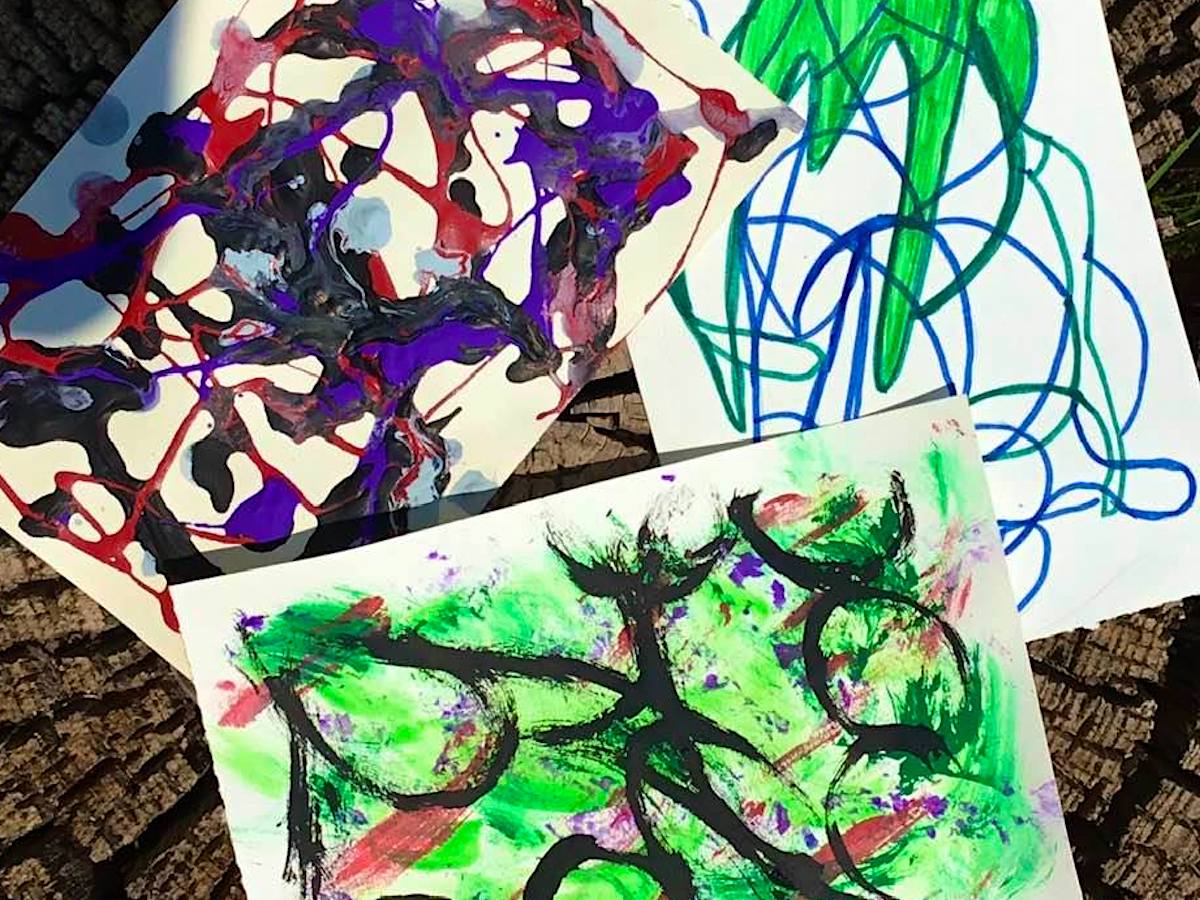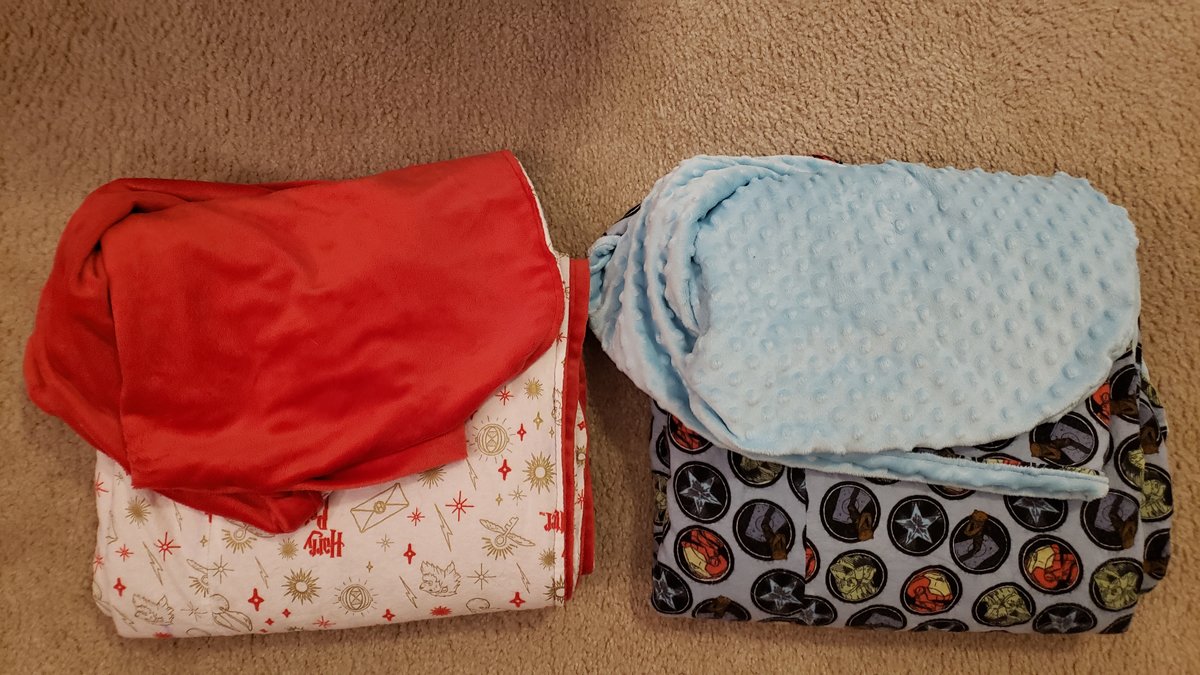This summer’s Be the Artist 2021 will help readers discover visual art-related words.
The Words: Automatism and Allover Painting
Two types of abstract art that seem to pop up together are Allover Painting and Automatism. These different ideas and concepts can fill a page or canvas with some very interesting results.
Here’s brief look at each one.
Allover Painting: This method rose from the Abstract Expressionism movement in the twentieth cCentury, and is more than just a painting that covers an entire sheet of paper or canvas. According to the Museum of Modern Art’s definition, an allover painting is one in which “each area of the composition is given equal attention and significance.” The viewer isn’t drawn to one focal area, but rather the entire painting.
This can be achieved with brush strokes, drippings, splashes and more. Janet Sobel is commonly recognized as the artist who first created this technique, and liked to use materials like fast drying enamel paint to achieve an “automatic” technique. Another well-known allover painter was Jackson Pollock, whose drip painting method is now recognized by museum visitors and critics worldwide.
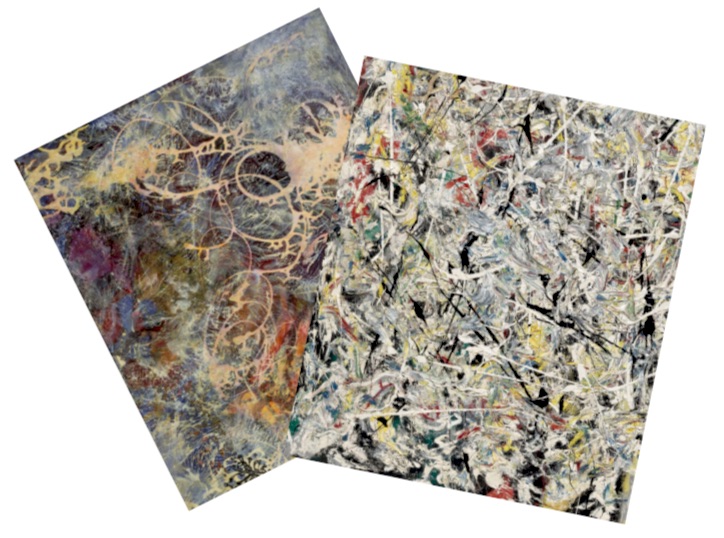
Automatic Drawing: Automatism is a term that the art world borrowed from the physiology and psychology to describe, according to Tate Modern’s definition, “bodily movements not consciously controlled, like breathing or sleepwalking.” The surrealist movement in the early Twentieth Century made learned to incorporate this idea into art and writing. One of the first artists to do this in the visual art world was German painter Max Ernst. Other artists who made use of this concept included Joan Miro, Andre Masson, and the artists mention in the allover paintings, Janet Sobel and Jackson Pollock.
The idea is to let the mind just let go and let the hand and lead the drawing where it wants to go. Sobel explained her method to critics in the 1940s by saying “I only paint what I feel.”
Today, we sometimes refer to forms of automatism by a much more friendly term: doodling. Everyone has done this, as well. Sometimes, we doodle random shapes or designs to while on the phone or passing time, and other times just to make some use of our restless minds and hands.
School art teachers using automatic drawing as a ice-breaker project in class, and even psychiatrists like Sigmund Freud used automatic drawing as a way to get into the minds of his patients.
Here’s a demonstration on automatic drawing by comic and storyboard artist Tim Gula:
Automatic drawing and all-over painting may yield different results, but they both let the hand guide the mind, and open it up to a new way of seeing things, including oneself, as Pollock said in a 1950s interview “Painting is self-discovery. Every good artist paints what he is.”
The Project: An Abstract Showdown
Both automatic drawings and all-over paintings are techniques that draw out the imagination of the ones who see it. In realism, most people will recognize similar basics such as “That is a person” or “that’s by the sea.” In abstract art, each person can have a completely different idea of what it means or is.
For this project, we’re going to turn two beings on opposite sides: “heroes and villains.”
For the all-over painting, try a couple of methods. There is the drip method by filling small cups with different colors of acrylic paint and drizzling it over the paper or canvas. You can also use a brush or sponge to dab the colors all over the surface) this looks good with different types of paint, including regular watercolors.

For the all-over segment, we are going to concentrate on color. What colors or tones represent the character you want convey. Often (but not all the time) comic book villains tend to veer towards the more flamboyant, greens or purples, and many science fiction baddies have darker grays, blacks and reds. Superheroes tend to love the primaries (red, blue and yellow). Let those colors be the main indicator of the character.
On the other hand, the automatic drawing will be all about shape and form. Use a pencil for the initial “doodle,” and just draw over the surface letting the “pencil take you along” This will result in a something that is basically a scribbly mass. That is pretty easy and fun, but does it represent the character?
Not yet.
Look hard at the doodle and see what might come out of this mess, then, start tracing along the lines with either a plain felt tip marker or a thin paint brush, and draw over some stand-out shapes and lines that might form something that might draw out the essence of the character. This could be and animal, weapon or vehicle, element of a costume, or even a city or planet. Once you start seeing something pop out in the subconscious doodle, bringing it out is a cool process.

Okay, let’s bring these two into action. There are two ways we can do this:
First, the initial Face-Off:
This will take two sheets of paper or canvas, as the enemies will remain separate. On one sheet, paint one sheet in all-over method, and the other with an automatic drawing method.
These will result in two very different looks representing two very different beings. Both are in their own worlds and energy, but will tell a story when shown together.
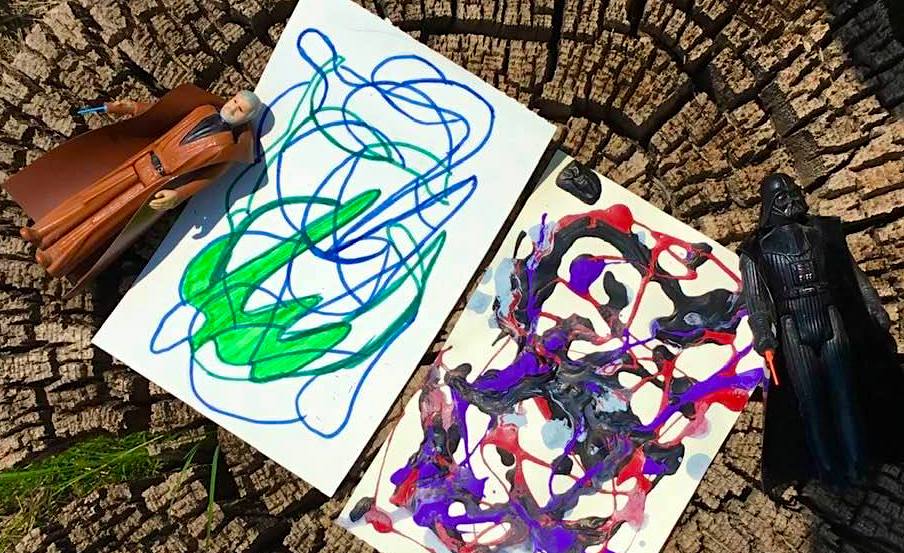
Second, the Chaotic Conflict:
This is a one-sheet method. Start with the villain or hero in the all-over method, and if needed, let the paint dry completely. Once dry, do the automatic drawing very lightly in pencil. Use a thin paintbrush and one or two colors of paint on top of the all-over painting. I recommend using a paint, and not, a marker, as they do better over already painted areas. Gently erase any excess pencil lines. Now, there’s a more chaotic, movement-filled image, of two different things on one surface.
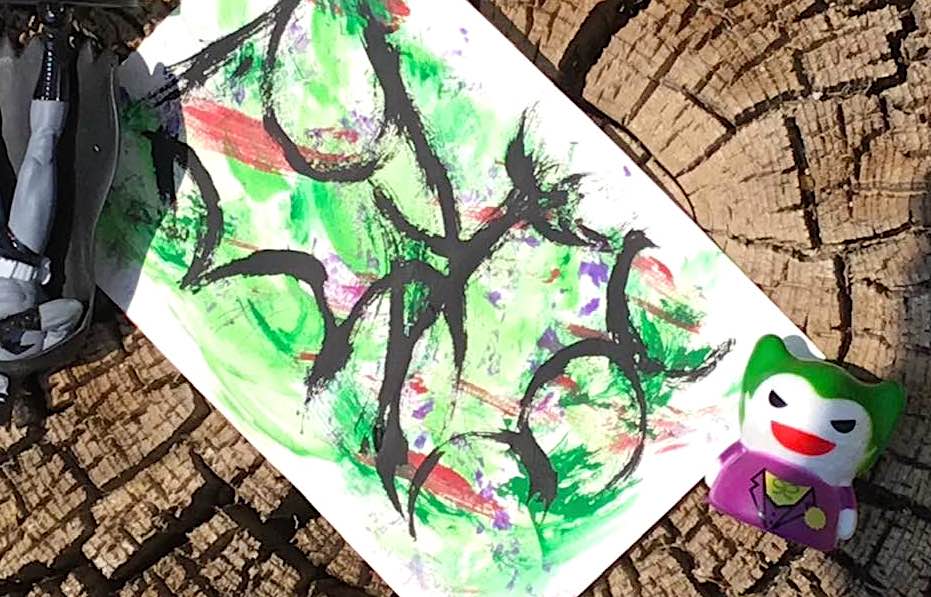
The fun part is after you create these. Hang them up or set then on a surface, and try to get family or friends to guess who or what they represent.
Even the “wrong” answers will help draw out the imagination others. In a sense, this is what good art should do.
With summer coming to a close and fall now on its way, I hope you have not only learned some new words from the world of art, but new ways of bringing these ideas to life.
Until next summer, stay creative.
